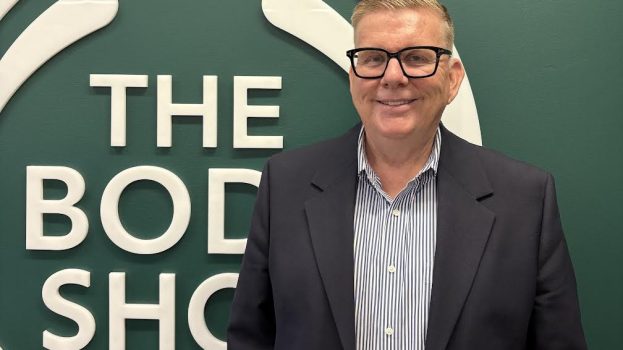By Matt Lisowski
Over the last three decades, Intuit has been constantly challenged to anticipate what consumers will be looking for next tax season so we can ensure Turbo Tax meets their needs and remains top of mind year after year.
Recently, this has meant adding a full-service tax filing solution to our offering suite – a complete departure for the DIY tax services our brand is known for. What started as a Canadian experiment has turned into an innovation case study for Intuit.
The customer obsession toolbox
We use two innovation techniques to help solve customer problems. First, there’s what we call “follow-me-home” (FMH), which involves joining customers and prospects at their homes or workplaces and observing them while they use our products and services. While we’re there, we’ll ask about their pain points. This ensures we truly build empathy and understanding that can’t be replicated in a focus group or lab.
Then there’s what we call “design for delight” (D4D), which involves leveraging FMHs and other techniques to gain deep customer empathy. During this process, we brainstorm various ideas on how to solve the pain point, then narrow it down to the best one. Finally, we take our potential solutions – sometimes paper prototypes or small software prototypes – and put them in front of the customer to use, allowing us to decide whether to pivot or continue to refine the solution. This process is core to how we innovate and deliver emotionally impactful customer experiences.
It started with one taxpayer
Two tax seasons ago, one of our designers conducted a FMH with a former TurboTax customer who decided to go to a Tax Store. The customer described her experience as painful. She had to make an appointment, taking two buses only to wait in their waiting room for an hour before being seen.
When asked about why she went to the tax store instead of using TurboTax, the customer advised that she had a baby and sold some property and felt that preparing her own taxes would be too time-consuming and too complicated for her. We spoke with more customers in similar situations and they confirmed that they felt similarly about their situations. So we created a customer problem statement that put us in the shoes of a Canadian taxer who believed doing taxes themselves would be too long and too complicated.
Using the customer problem to inform your experiment
We used that statement to inform our first experiment, designed through our aforementioned D4D process. Every experiment we run has a goal, hypothesis, a “leap of faith” assumption and metrics, so that we can test our assumptions (although we don’t mind making a profit while we’re at it). We never use survey data for this; we use real customer data.
In this case, our goal was to provide a solution that takes less time and inspires confidence. We believed customers would want our experts to take care of their taxes, and we hoped they would be comfortable having someone do it remotely. Our experiment, then, involved having our tax experts reach out to a small number of customers to tell them about our service. We (securely) collected their tax information and prepared their filings, while measuring success by the number of customers it would attract. Surely enough, the experiment “sold out” and our net promoter scores (NPS) were among the highest seen at Intuit.
Rinse and repeat
We didn’t stop there. To improve on the offering, we conducted more FMHs, and continued prototyping solutions and collecting real-time feedback from actual customers and prospects.
We made iterative changes to the program and monitored our customer feedback and NPS scores, which we like to call “customer driven innovation.” If the metrics improve, we persevere. If they don’t, we learn from our failures and try something else. The goal is to fall in love with the problem, not our solutions.
Turning experiment into permanent offering
It became apparent that we were on to something, so we added TurboTax Live Full Service to our official product lineup. Today, our full-service offering includes more than 80 tax experts. Our assisted return service will nearly double in customers this year, and our numbers are expected to grow exponentially in the tax seasons to come.
Introducing a full-service product to TurboTax customers is one of the most important additions we’ve made, and we expect this to be a growing and fundamental part of our business at Intuit. Best of all, this was entirely a Canadian endeavor.

























